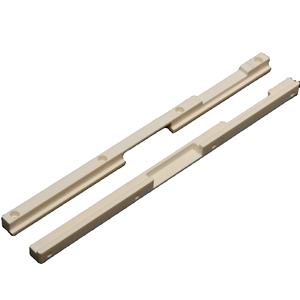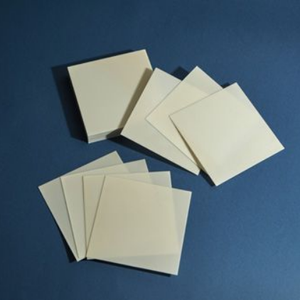Professional industry ceramic supplier, silicon nitride, silicon carbide, aluminum nitride and any other kinds of ceramics.
PRODUCT PARAMETERS
Description
Overview of Aluminum Nitride Ceramic Thermal Pads
Aluminum Nitride Ceramic Thermal Pads is an advanced technical ceramic renowned for its exceptional thermal conductivity and reliable electrical insulation. It is a key material in high-power electronics, LED lighting, and semiconductor processing, effectively managing heat in demanding applications where performance and reliability are critical.
Features of Aluminum Nitride Ceramic Thermal Pads
- High Thermal Conductivity: Offers excellent heat dissipation, comparable to beryllia (BeO).
- Electrical Insulation: Maintains high electrical resistivity even at elevated temperatures.
- Low Thermal Expansion: Matches the coefficient of thermal expansion of silicon, ideal for semiconductor substrates.
- Excellent Mechanical Strength: Possesses good mechanical properties for structural integrity.
- High-Temperature Stability: Performs reliably in harsh environments and at high temperatures.
- Non-Toxic: A safe alternative to beryllium oxide (BeO) ceramics.
Specification of Aluminum Nitride Ceramic Thermal Pads
Aluminum nitride ceramic thermal pads manage heat in electronics. These pads move heat very well. Aluminum nitride itself moves heat around 180 W/mK. This number is high. It beats many other ceramics. Heat flows out fast. Hot spots cool down quicker.
Electrical insulation is another key point. Aluminum nitride does not conduct electricity. This is crucial. It prevents short circuits. Components stay safe. High voltage systems use these pads. Safety improves.
Thermal expansion matters too. Aluminum nitride expands little when heated. It matches silicon and gallium arsenide expansion rates closely. Stress on delicate parts reduces. Cracking or warping is less likely. Reliability increases.
These pads handle high temperatures easily. They work fine above 1000°C. Harsh environments are no problem. Power electronics often need this ability. Performance stays stable.
Manufacturers make these pads thin. Common thicknesses range from 0.3mm to 1.5mm. Thin pads fit small spaces. Heat travels a short distance. Efficiency is good. Custom sizes and shapes are available.
Aluminum nitride pads beat polymer pads. Polymers move heat much slower. Aluminum nitride lasts longer. It withstands more wear and tear. Chemical resistance is strong. Oils or solvents cause little damage.
Use these pads between hot components and heat sinks. Examples include CPUs, GPUs, power transistors, laser diodes, LED modules. They fill air gaps effectively. Thermal resistance drops. Cooling works better. Devices run cooler. Lifespans extend.
Applications of Aluminum Nitride Ceramic Thermal Pads
Aluminum nitride ceramic thermal pads solve serious heat problems in electronics. They move heat away from critical parts very well. These pads manage high temperatures better than many other materials. They keep devices running safely and reliably. Heat can damage electronics fast. Aluminum nitride pads stop that damage. They are electrical insulators too. This is important. You get great heat transfer without electrical shorts. These pads work in many tough situations.
Power electronics need these pads. Think about electric vehicles and industrial motor drives. Power semiconductors get extremely hot. Aluminum nitride pads pull heat into heat sinks effectively. This prevents overheating failures. The pads last a long time under stress. They handle the power cycling and high temperatures common in these uses.
LED lighting uses these pads heavily. High-brightness LEDs generate intense heat in tiny spaces. Aluminum nitride moves this heat out quickly. It keeps LED chips cooler. Cooler chips mean brighter light and much longer life. The light stays stable over time. This is vital for streetlights, stadium lights, and car headlights.
Telecommunications and computing rely on these pads. 5G base stations and powerful computer servers pack huge processing into small areas. Heat builds up fast. Aluminum nitride pads pull heat away from processors and RF amplifiers. They help prevent slowdowns and crashes. The pads work consistently under constant use. They keep servers and base stations online.
Aerospace and defense electronics also use aluminum nitride pads. These systems face extreme vibration and temperature swings. Aluminum nitride is very strong and stable. It won’t crack easily. Heat spreads evenly in all directions through the pad. This protects sensitive radar and avionics components. Performance stays high in demanding flight conditions.
These pads are safer than some alternatives. They are non-toxic unlike beryllia ceramics. Aluminum nitride offers a safe, high-performance solution. It works where other materials fail. It handles the heat where it matters most.
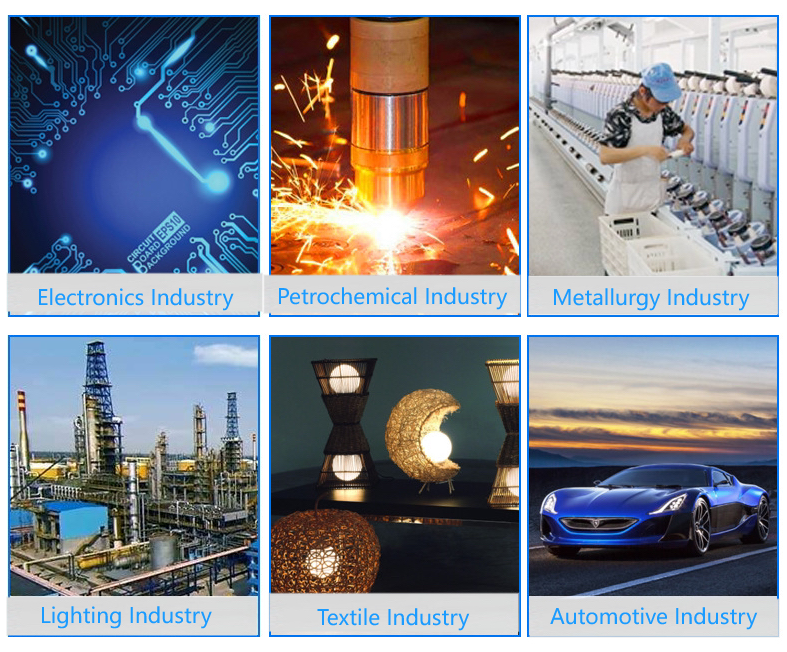 Company Profile
Company Profile
Tanki New Materials Co.Ltd. focus on the research and development, production and sales of ceramic products, serving the electronics, ceramics, chemical and other industries. Since its establishment in 2015, the company has been committed to providing customers with the best products and services, and has become a leader in the industry through continuous technological innovation and strict quality management.
Our products includes but not limited to Aerogel, Aluminum Nitride, Aluminum Oxide, Boron Carbide, Boron Nitride, Ceramic Crucible, Ceramic Fiber, Quartz Product, Refractory Material, Silicon Carbide, Silicon Nitride, ect. please feel free to contact us.
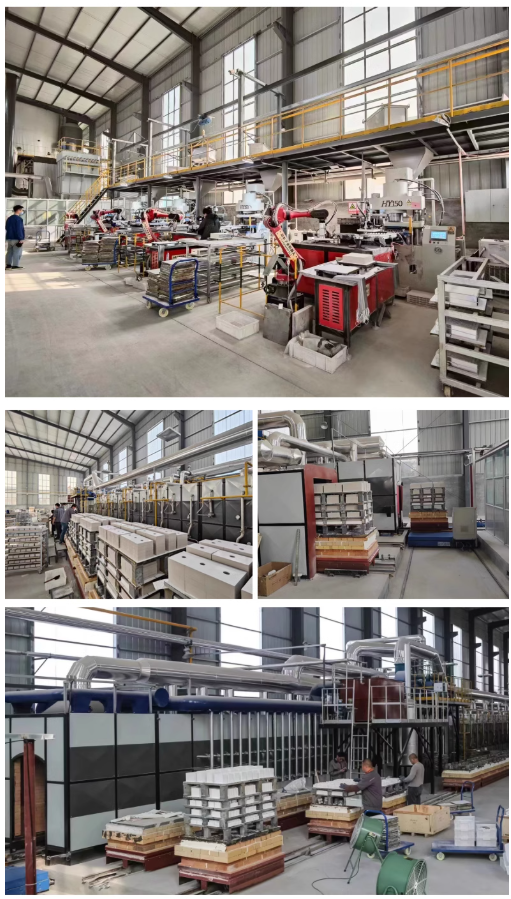 Payment Methods
Payment Methods
T/T, Western Union, Paypal, Credit Card etc.
Shipment Methods
By air, by sea, by express, as customers request.
5 FAQs of Aluminum Nitride Ceramic Thermal Pads
What are Aluminum Nitride Ceramic Thermal Pads?
These are thin sheets made from Aluminum Nitride ceramic. They move heat very well. They go between hot electronic parts and coolers like heatsinks. Their job is moving heat away fast.
Why pick these over regular thermal pads?
Aluminum Nitride pads move heat much better than silicone pads. Silicone pads trap heat. These ceramic pads let heat flow out easily. They keep parts cooler. Electronics last longer and work better this way.
Do they work on rough surfaces?
Yes. The pad material is slightly soft. It squishes down a little. This helps it fill tiny gaps and bumps on the part and the heatsink. Good contact means better heat transfer. You get less air trapped.
Are they hard to break?
Handle them carefully. They are ceramic. They can chip or crack if you bend them too much or drop them. Install them flat. Don’t twist them. They are strong under pressure but weak against bending force.
Are they safe for electronics?
Yes. Aluminum Nitride doesn’t conduct electricity. It won’t short out your parts. It’s also stable. It won’t react badly with other materials. It handles high heat without melting or degrading. This makes it reliable.
REQUEST A QUOTE
RELATED PRODUCTS
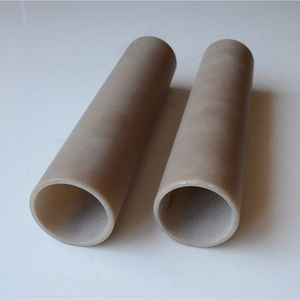
Aln Aluminum Nitride Ceramic Substrate for Power Electronic Device
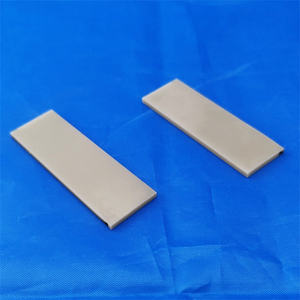
Aln Thermal Conductivity Aluminum Nitride Ceramic Plate for PCB
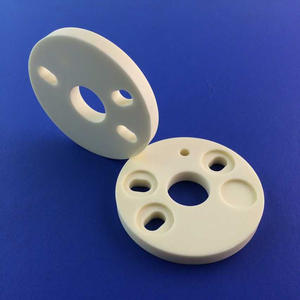
Low Custom Whole Wear Resistant High Temperature Resistant Round Perforated Aluminum Nitride Ceramic Substrate/Disc China OEM
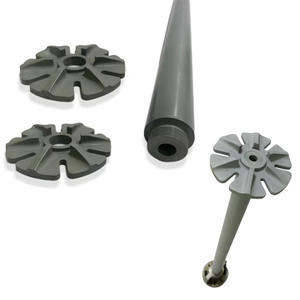
Whole Custom Advanced Industrial Aluminum Nitride Aln Ceramic Substrate Grey 8-10MHz Dielectric 0 Water Absorption 450MPa Flexural Strength From China
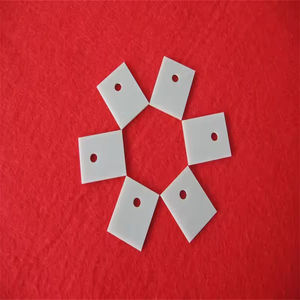
Aluminum Nitride Block Functional Ceramics for Aluminum Ceramics
